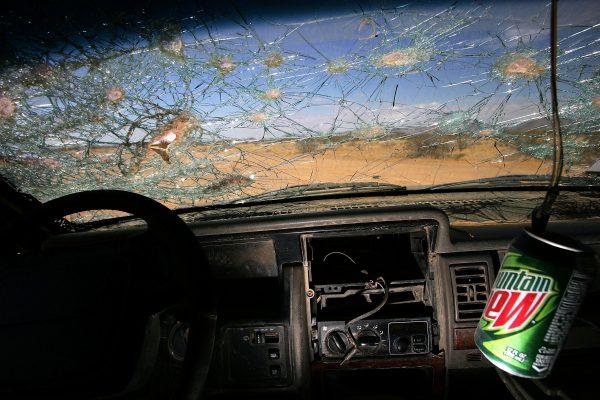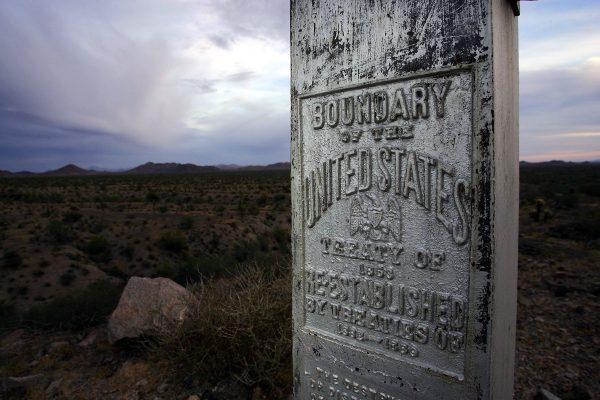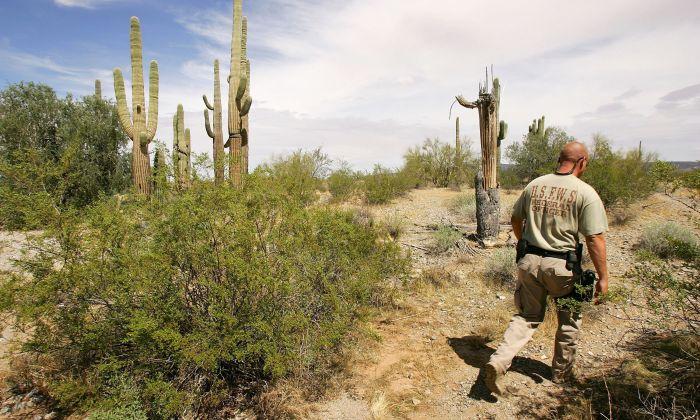A federal judge has found four women guilty of entering a national wildlife refuge without a permit as they sought to place food and water in the Arizona desert for migrants.
The four convicted women, who are volunteers from a group named No More Deaths, include Natalie Hoffman, Oona Holcomb, Madeline Huse, and Zaachila Orozco-McCormick.
Hoffman was found guilty of operating a vehicle inside Cabeza Prieta National Wildlife Refuge, entering the federally protected area without a permit, and leaving water jugs and cans of beans there in August 2017. The others were found guilty of entering without a permit and leaving behind personal property.

One officer from the FWS testified during the trial that none of the four women had filed the necessary permits required to access the area.
Velasco also blamed No More Deaths for failing to warn their volunteers about the full consequences of violating the refuge’s regulations.
“No one in charge of No More Deaths ever informed them that their conduct could be prosecuted as a criminal offense nor did any of the Defendants make any independent inquiry into the legality or consequences of their activities,” he wrote in the order.
“The Court can only speculate as to what the Defendants’ decisions would have been had they known the actual risk of their undertaking,” he added.

The visitor needs to print two copies of the permit, one for the vehicle and one to keep with themselves, according to the FWS website.
Massive Catch of Illegal Aliens
Days before the verdict, a group of 376 Central American migrants surrendered themselves to the Border Patrol in Arizona on Jan. 14, after tunneling beneath the border wall near San Luis, Fox News reported.The tunnels, about a few feet long, were reportedly dug by smugglers under the steel border.
“Almost all were families or unaccompanied juveniles,” the CBP Arizona said in a Twitter post.
Wall to Prevent Unnecessary Deaths
For decades, the desert where the Cabeza Prieta National Wildlife Refuge is located has been one of the most deadly areas for migrants trying to enter America illegally.Some groups and local residents have been aware that a border wall may help to prevent these tragic deaths.
“Migrants flee via Arizona’s desert route and die horrible deaths. In order to circumvent the coyotes, many take great risks. 1.) overheating, starvation, dehydration; 2.) Execution (not paying cartel fees) 3.) human trafficking,” wrote USA Rampart in a tweet. “A border wall WILL help deter this journey!”
A Tucson resident who named himself as Tommy Thomason on Twitter also expresses similar support for a border wall and thinks it will prevent the death in the desert.
“Does anyone remember the 3,00[0] deaths on the Arizona Desert since 1998 that could have been prevented with a wall? I lived in Tucson several years and do know about them picked off the desert every week,” he wrote in a Twitter post.





